On the energy storage scene
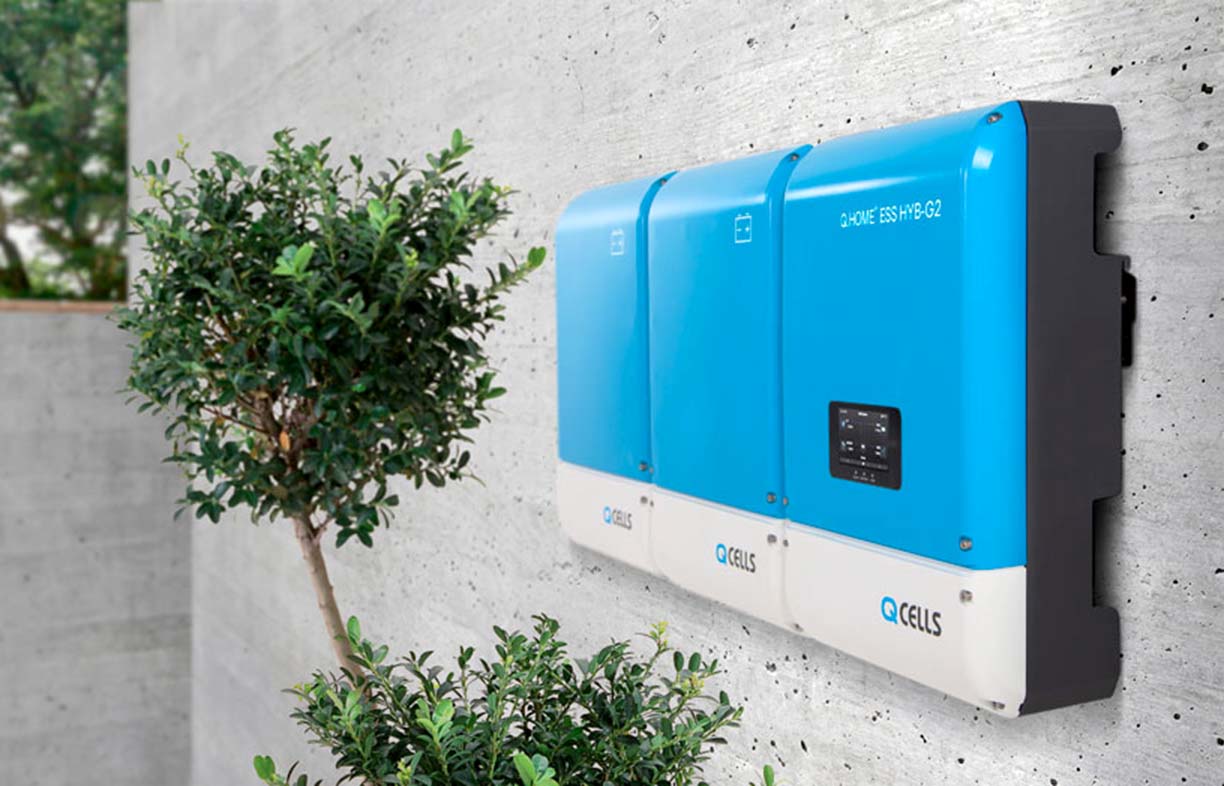
We talk to installers and Renew’s own energy policy team to find out what’s happening in the world of energy storage. Where are prices heading, what subsidies are available and are there trends of note?
It can be difficult comparing prices for energy storage systems, given different sizes and the need to take into account usable storage and the lifespan of the battery before it needs to be replaced. But if you just look at the price of some of the common batteries, we’re not seeing much change at the moment.
In fact, some prices have even gone up. According to the excellent battery comparison table from Solar Quotes (www.solarquotes.com.au/battery-storage/comparison-table), two years ago, in 2017, the Tesla Powerwall 2, with 13.2 kWh of usable storage, cost $8800, excluding installation. Today, a similar system with 13.5 kWh usable, costs $11,700. However, there was a big drop in price for the Powerwall earlier, when it went from the Powerwall to the Powerwall 2 in 2016: the capacity doubled and the price stayed about the same.
It’s a similar story for most of the other leading manufacturers. The Enphase AC system (1.2 kWh usable) has stayed constant since 2017 at $2000 fully installed. The LG Chem Resu 10 (8.8 kWh usable) has gone down slightly to $7655 from $8800. The Sonnen battery has reduced a lot in price, but it’s still at the higher end at 13.5 kWh usable for $16,500 today ($30,000 in 2017 for 16 kWh). The cheapest commonly available battery is the BYD B-Box at 13.8 kWh for $9600, down from $8400 (fully installed) for just 3 kWh (the BYD Mini ES) in 2017. For all of these except Enphase and Sonnen, you also need to add the cost of an inverter to that, and in most cases, installation as well, which will add at least $1000 to the price.
New entrants are appearing on the market, including Q.Home which has a system that combines solar and battery to reduce the number of companies you need to deal with (pricing not yet available). The Zenaji Aeon has slipped in on 18 November 2019 with a small battery system using the relatively uncommon lithium titanate technology, which comes with a 20-year replacement warranty, against the more typical five to 10 year warranty. The upfront cost is high ($3000 for 1.93 kWh), but if the warranty holds, it could have advantages for those in for the long haul. We’ll report more on where technology is heading in our guide in mid-2020.
Solar Quotes also reports warranted kWh cost, which helps when comparing the price of using a battery compared to getting that same energy from the grid. Warranted kWh uses the length of the warranty provided and assumes either one or two full cycles per day to calculate the cost of using the battery over that warranted life. Most of the batteries mentioned have cost per warranted kWh for one full cycle per day ranging from 22c for the BYD B-Box through to more typical prices around 30c (LG Chem Resu 10 and Tesla Powerwall 2) to 40c (Sonnen), 48c (Enphase AC batteries) and right up to 70c to 90c for some systems. It’s clear we have a way to go before battery prices are competitive with using that same energy from the grid, especially as a fair comparison would add at least an extra 10 c/kWh to the cost of energy from the battery to allow for efficiency losses and the forgone feed-in tariff.
Why aren’t battery prices falling?
There have been lots of projections from industry analysts and technology organisations over the past few years that predict a rapid fall in home battery prices—akin to that of solar PV prices between the late 2000s and the mid 2010s.
Renew’s own paper in 2015 (bit.ly/Renew-GCB) modelled anticipated battery price declines of around 8% per year with the resulting analysis suggesting that, for many, household batteries would likely be a financially attractive option by 2020.
And yet, we have seen very small unit price reductions (on a per kilowatt-hour basis) for grid-connected, lithium home batteries in the past two to three years. It appears unlikely that 2020 will be the year that household batteries become financially viable for many.
Damien Moyse, Renew’s energy policy manager, says that this is partly due to most battery price projections being based on international forecasts, in US dollars, and covering the cost of lithium battery cells only, rather than the full range of costs involved in battery systems. “Lithium home batteries that are installed in Australia face a range of additional costs and market influences not captured by these international forecasts.”
First, US$ price forecasts for lithium cells do not capture costs for labour, materials such as cabling and fire-proofing, and other parts of the battery system. None of these costs are experiencing rapid price declines in Australia.
Second, US$ price forecasts tend to be wholesale, whereas home battery customers in Australia pay retail, AU$ prices, which must allow for exchange rates and retail margins.
And third, outside of South Australia, home batteries are not experiencing the kind of public subsidy or incentives that solar PV received between 2008 and about 2015. Premium feed-in tariffs drove a surge of investment into solar, expanding the domestic market significantly and allowing Australian households to access the kind of price falls that were being experienced internationally.
For example, between 2010 and 2011, installed PV capacity went from 500 to 1500 megawatts in about a 12-month period. By the end of 2011, around 750,000 Australian homes had solar PV installed.
By comparison, Bloomberg predicts that by the end of 2019, approximately 70,000 Australian homes will have home battery systems, up from around 20,000 in 2018. As such, the Australian market for home batteries (as with the global market) is still relatively small and not able to capture significant economies of scale as yet, particularly in purchasing/importing.
Further, many of the price projections are put out by, or are referring to, the car industry, and are for batteries for plug-in hybrid and fully electric vehicles—as opposed to the home battery market.
EV batteries are bigger than home batteries and are installed at high volume in an automated factory, leading to economies of scale and low costs apart from the battery cells.
Andrew Reddaway, also from Renew’s energy policy team, says: “Home batteries might achieve some of these benefits of economies of scale if manufacturers could agree on a standard for battery cables and software to interface with any hybrid solar inverter. In other areas such standardisation exists; for example, washing machines have a standard hose connecting to hot and cold taps fixed to the wall at a standard height and EVs have charging standards such as CCS.”
Andrew adds: “There’s also supply and demand. With a limited battery supply, manufacturers may be prioritising EVs. If manufacturing volumes can get ahead of supply, then we’d see some proper price drops.”
Battery subsidies
Batteries are still relatively expensive and, in many cases, cost more over their lifetime (assumed to be 10 years) than the value of the savings you get from using them to store surplus solar and use it later. However, if the purchase price is subsidised the payback period will be lower (but may still be higher than 10 years). The box ‘Battery subsidies’ lists the rebates currently available.
Battery subsidies
South Australia
- Home Battery Scheme, homebatteryscheme.sa.gov.au
- Subsidy of $500 per kWh ($600 for energy concession holders) up to a maximum of $6000, deducted from purchase price
- Low interest finance available to pay the balance
- Batteries and installers must be approved by the scheme
- Batteries must be ‘Virtual Power Plant-ready’
- For residential grid-connected properties only
- For owner-occupiers or renters with owner’s permission
Victoria
- Solar Battery Rebate, solar.vic.gov.au/solar-battery-rebate
- Subsidy of half the cost of a battery system up to a maximum of $4838, deducted from purchase price
- Batteries and installers must be approved by the scheme
- Batteries must be ‘Virtual Power Plant-ready’ and household must agree to receive information about participating in battery trials
- For residential grid-connected properties that have not already received the solar PV or hot water rebate, with at least 5 kW solar PV already installed, with annual household income up to $180,000 and house value up to $3 million, and that are in designated areas only (growth areas with high solar PV penetration, defined by postcode)
- For owner-occupiers only
Australian Capital Territory
- Next Generation Energy Storage Grants, bit.ly/ACTG-AS
- Subsidy of $825 per kW of battery inverter power for battery inverters up to 30 kW
- Batteries and installers must be approved by the scheme
- Battery system must be coupled with solar PV and grid-connected
- Battery cannot be connected to solar PV with premium feed-in tariff
New South Wales
- Empowering Homes, bit.ly/ENSW-EH
- Interest-free loan of up to $9000 for a battery system or $14,000 for a solar PV + battery system
- Installers must be approved by the scheme
- For residential owner-occupiers with annual household income up to $180,000
Another form of subsidy: virtual power plants
A virtual power plant (VPP) can provide another form of subsidy, either via a discounted battery purchase price or via payments for participating in the VPP.
A virtual power plant is a collection of individual solar PV and battery systems that can be operated together to store energy from the grid or feed energy into the grid when useful. This might be to:
- feed stored energy into the grid to help meet high demand
- absorb energy from the grid when there is oversupply and insufficient demand—for example, in areas of high solar penetration when there is high generation but low demand
- export or import small amounts of energy to and from the grid to assist with system security—for example, when grid frequency needs to be adjusted
- export energy to the grid or prevent solar feed-in as required to assist with re-energising sections of the grid that have been de-energised due to load shedding or system faults.
Typically, VPP operators will agree with participants how often they will have access to their systems, any limits on how often and how much batteries are discharged, and how participants will be compensated for the VPP’s usage of the battery. Payment might be per use or an annual fee, or the battery might be provided free or at a discount. VPPs are a fairly new thing and most proponents are still figuring out how best to operate them.
In a partnership between Tesla and the SA government, SA’s Virtual Power Plant (virtualpowerplant.sa.gov.au) provides SA Housing Trust residents with a free battery and discounted electricity prices. Private households with solar PV can join via Tesla’s Energy Plan (tesla.com/en_AU/tesla-energy-plan) and get a subsidised battery—a Tesla 13.5 kWh Powerwall—for $3399 plus installation.
AGL has been running a VPP trial in South Australia and is now establishing a new VPP on a larger scale. Called the AGL Power in Numbers VPP (bit.ly/AGL-VPP), it is for households in NSW, Vic, Qld or SA with solar PV and a reliable internet connection, and only certain models of battery and inverter are supported.
PowerResponse is Energy Australia’s demand response program, in which they send a message to participating customers during peak energy demand events asking them to reduce their usage. The associated VPP (bit.ly/EA-VPP) instead remotely discharges participants’ batteries during events, to help meet local demand. Participants are paid for each event. Only one type of battery is supported.
There are a number of small VPP trials and pilot schemes all over Australia. Many of these are supported by the Australian Energy Market Operator’s VPP Demonstrations Project (bit.ly/AEMO-PAT).
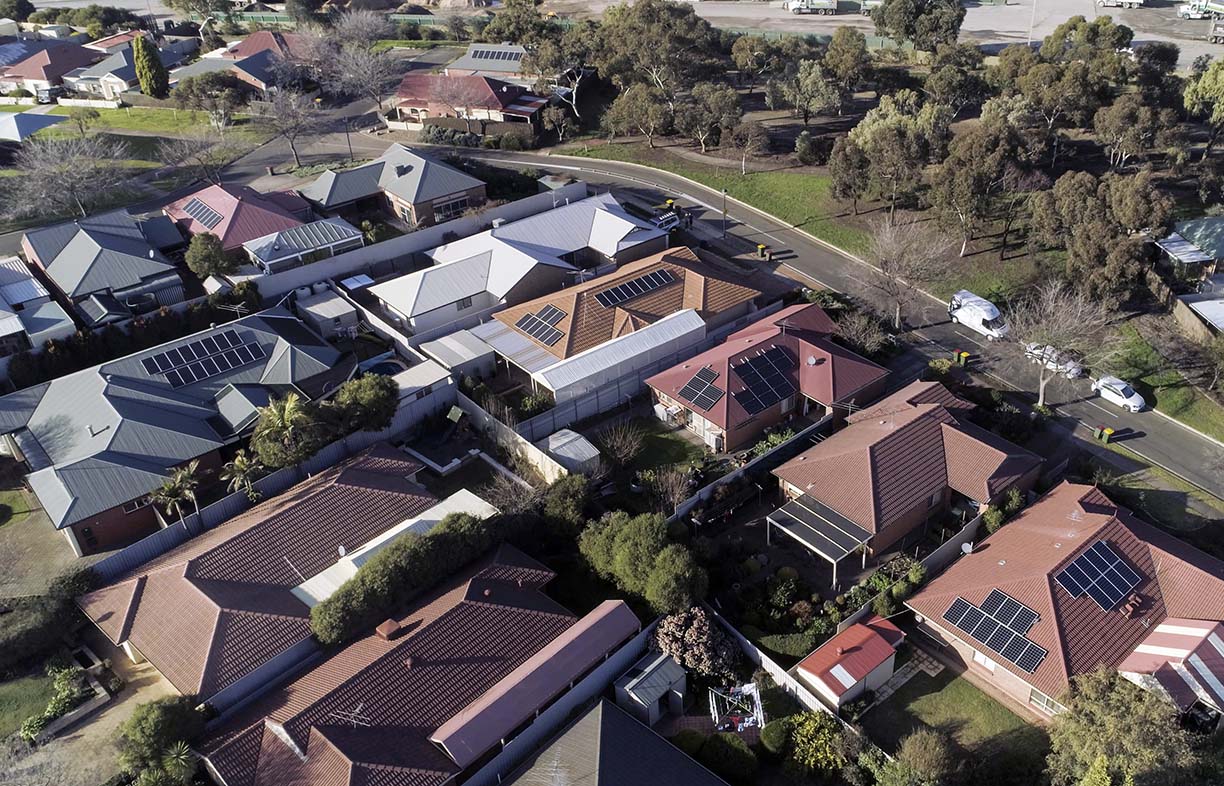
AC vs DC coupled
Batteries can be integrated into a system in two ways: AC coupled or DC coupled.
In an AC-coupled system, the batteries are connected to an inverter/charger that takes energy from the batteries and feeds it into the AC mains wiring. The batteries are also recharged via the inverter/charger; there is no direct connection between the batteries and the solar system. The inverter/charger can either be a separate device or integrated into the battery system itself, such as with the Enphase AC battery.
With DC-coupled systems, the energy from the solar array charges the batteries directly via a charge controller, which may be a separate device, part of the storage system or part of a hybrid inverter, which also has a direct connection to the solar panels. In a DC-coupled system, flows between the solar array and the batteries are not converted into AC as an intermediate step like they are in AC-coupled systems.
Trends on the ground in Australia
We spoke to several installers about what trends they’re seeing when installing battery systems.
How are batteries being added to existing systems?
While there’s a lot to consider when adding a battery to grid-connected solar, installers say that current battery technology is making the process more straightforward for households.
“It’s getting easier for consumers to add a battery to nearly any PV system without a need to touch their existing system,” says Matthew Dewhirst from ZEN Energy. Many battery products now have an integrated inverter, making them an ‘all-in-one’ AC-coupled storage unit that can be added to almost any existing grid-connected system. Batteries without an integral inverter can simply use an external inverter/charger for a similar AC-coupled connection to existing systems.
Installers generally have preferred products so take a look around to see how others in the business are adding battery systems. For example, DMS Energy in Tasmania is tending towards DC-coupled installations (see box for an explanation of AC and DC coupled) for batteries with new and existing solar as they say it offers greater flexibility, especially for modular systems to be added to over time. “We are mostly using the DC-coupled SolarEdge inverter with an LG Lithium battery solution. We might need to optimise the old panels and add some new panels or a whole new system, but all our offerings are DC-coupled as we find this a better solution for most applications,” says Adrian Luke from DMS.
Aaron Lewtas from Off Grid Energy Australia says that they tend to install more AC-coupled systems. “Nearly all the systems that we’ve been doing are AC-coupled batteries, either a Tesla Powerwall 2 which is an all-in-one system or a Selectronic SP-PRO battery inverter with a battery added, such as the BYD or PowerPlus.”
Many households are adding more panels at the same time as adding a battery. “There are those that have an existing PV system with more than enough excess solar to feed a battery and those people are simply having an AC-coupled battery retrofitted to their PV. Then there are those that have existing solar but not enough production to feed a battery properly, and those people are adding a battery and more solar at the same time so that they can get themselves anywhere from 70% to 95% grid independent,” says Matthew.
How are batteries being installed with new systems?
According to Matthew, solar is becoming more of an expectation than an optional extra, especially in new home builds, and he sees many new solar households jump in and install a battery at the same time. “In South Australia new solar and battery installations seem to be driven by the affordability of batteries, relative to other states, due to the SA Home Battery Scheme.”
In South Australia the battery subsidy can be claimed on batteries installed with a new PV system, unlike Victoria where the battery rebate is available only on batteries added to existing systems in certain postcodes. (See the box on battery subsidies for more.)
Matthew says that those installing solar PV and a battery at the same time generally have more interest in hybrid inverter systems. “The effective cost can be a little lower than going for a system that incorporates separate PV inverters and battery inverters.” The path taken also depends on what the household is wanting to achieve and their energy use. “Those that have average-type bills and energy usage are considering complete hybrid systems, but those with high energy usage are still leaning toward separate inverter systems due to the greater flexibility of system size they can provide.”
How are new PV systems being installed to be battery-ready?
Most new solar households are holding off installing a battery until they become more affordable, but are getting ready for a battery by purchasing larger solar PV systems.
“For homes that are just adding solar there is a real trend toward adding bigger systems and enough solar to cover their 24-hour electricity needs and be ready for a battery down the track,” says Matthew. “Their systems are quite oversized and for now they will be sending a lot of energy out to the grid, which they are happy to do until the time is right to install a battery. It seems to be a trend driven by people wanting to ensure they are ‘battery ready’ and the fact that solar on its own is an incredibly compelling proposition and almost a no-brainer for most homes. Once the consumer has decided to go solar then the incremental cost of going with a larger system or one that can in time cover most of their 24-hour needs, rather than just their daytime needs, isn’t huge.”
Are systems providing blackout protection?
Blackout protection holds a lot of appeal to households considering a battery system, with most new systems on the market able to be configured for blackout protection and most households opting in. “With the low to nil financial return on a battery purchase in Tasmania, having a battery with no blackout protection would be just rubbing salt into the wound in my honest opinion,” says Adrian.
Matthew says that blackout protection is up there with lowering energy bills as a key driver for installing a battery. “Many of the home battery systems on the market have some form of blackout protection in-built as standard, so it’s fairly easy to get blackout protection with a new battery system. And for those products or brands where blackout protection is an additional cost or an optional extra rather than standard, it is often one of the key reasons that a consumer is choosing a different battery brand over theirs.”
Households often need guidance around what blackout protection actually includes, with most systems planned to provide backup on just one or two essential circuits within the home. Another method is to design a system to back up the electricity supply for the entire house for an approximate [specified] amount of time. And another important consideration is charging from solar during a blackout: some systems can do this, but others can’t.
“It should still be viewed as an ‘essential services’ type of blackout power where they can run the lights, their fridge, the TV, some power points to keep their wi-fi up and running and their devices charged—just enough to keep them and their family comfortable until the grid comes back,” says Matthew. “The level of backup protection the consumer gets depends on the product they choose. We’re finding that education is just as important as being able to simply tell the customer that they are or aren’t receiving blackout power protection as part of their system.”
Monitoring systems
Monitoring can be done through the battery manufacturer’s native online monitoring programs built into the inverter or there are third party options as well.
Some say that the in-built systems can give most households the data they need. “In most cases we see that the native platforms from the likes of Tesla, Sonnen and SolarEdge are generally very good and give the consumer the sort of information they want without having to add additional costs for other monitoring programs or platforms,” says Matthew.
He adds: “One trend that we are noticing is a desire for owners to be able to control their battery from their phone, and a real interest in features like forcing a full charge of their battery remotely, if they believe a storm or load shedding might cause a blackout in their area. They want to be sure they’ll have a full battery ready to use if the power goes out. Tesla is leading the way with features like this, and we know other providers have plans to launch similar features soon.”
Solar Analytics and Reposit both offer third party monitoring options. Solar Analytics offers detailed performance analysis that accounts for local BOM weather data, the system’s specs including hardware, design and age, as well as how other systems in the area are performing. They also offer fleet management so that installers can monitor and watch over all of their systems, regardless of what inverter or panels are installed.
Reposit’s speciality is ‘dynamic’ system optimisation to help households save as much as possible on bills. Reposit can also facilitate opportunities for battery households to sell electricity back to the grid during periods of high electricity demand, as well as off-peak charging and VPP participation.
One trend to watch out for is smarter battery logic to delay charging on sunny days, for example to start charging at midday instead of sunrise. This helps suppress your midday household voltage from rising too high and forcing your solar inverter to switch off. Andrew Reddaway says: “No one’s doing this yet but they should be!”
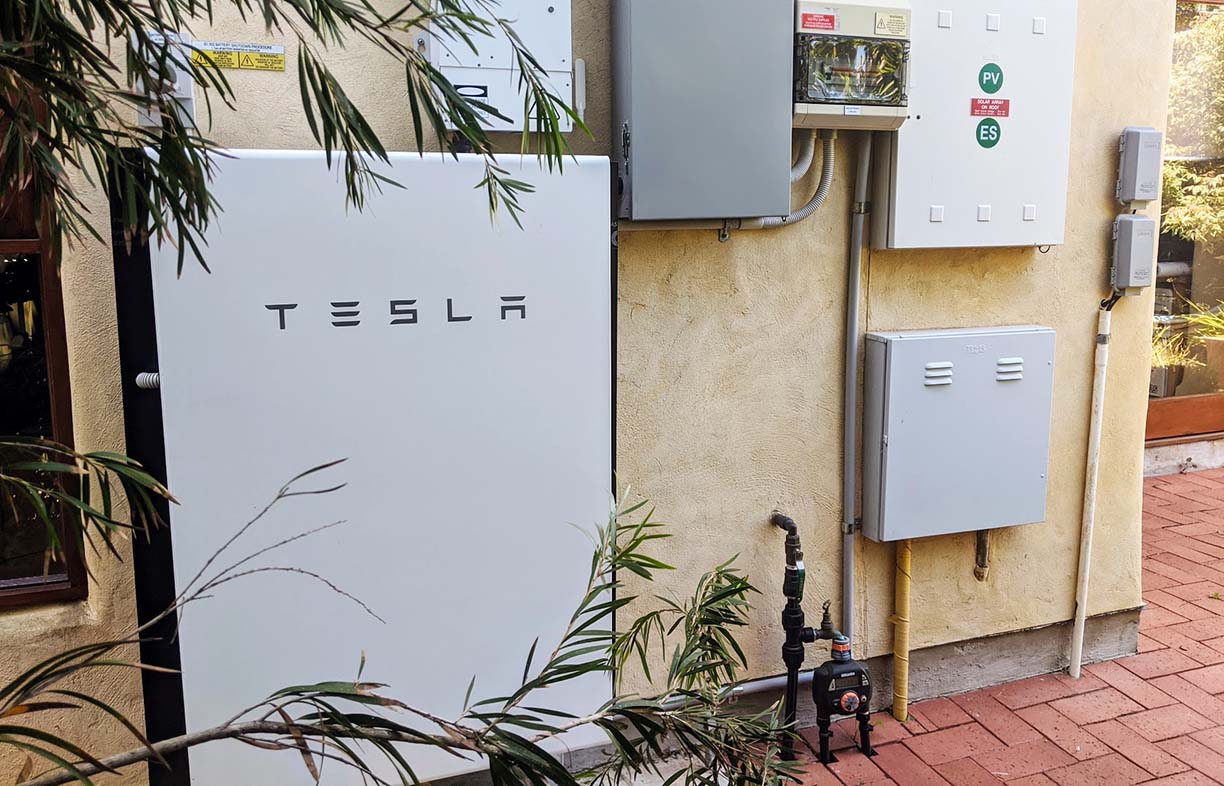
Further reading
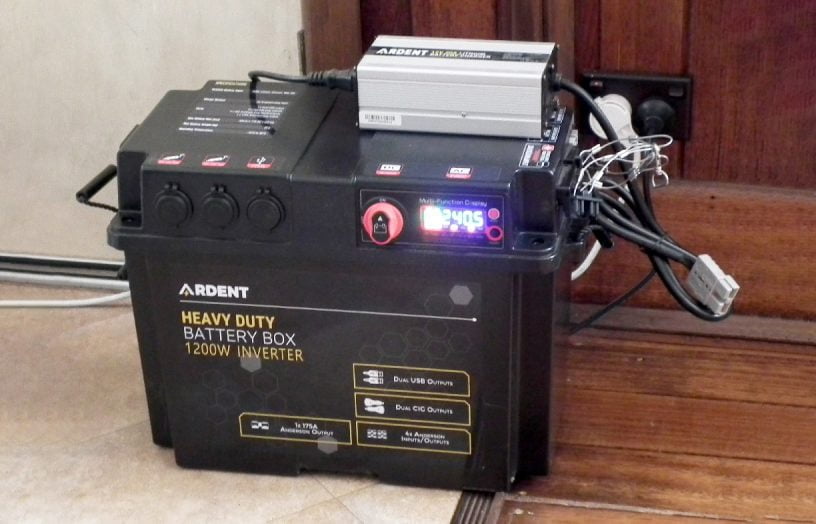 DIY
DIY
Deleting the genset
If you have the need for the occasional use of a generator, then why not replace it with a much cleaner battery backup system instead? Lance Turner explains how.
Read more Renewable grid
Renewable grid
Is a floating solar boom about to begin?
Rob McCann investigates the world of floating solar energy systems.
Read more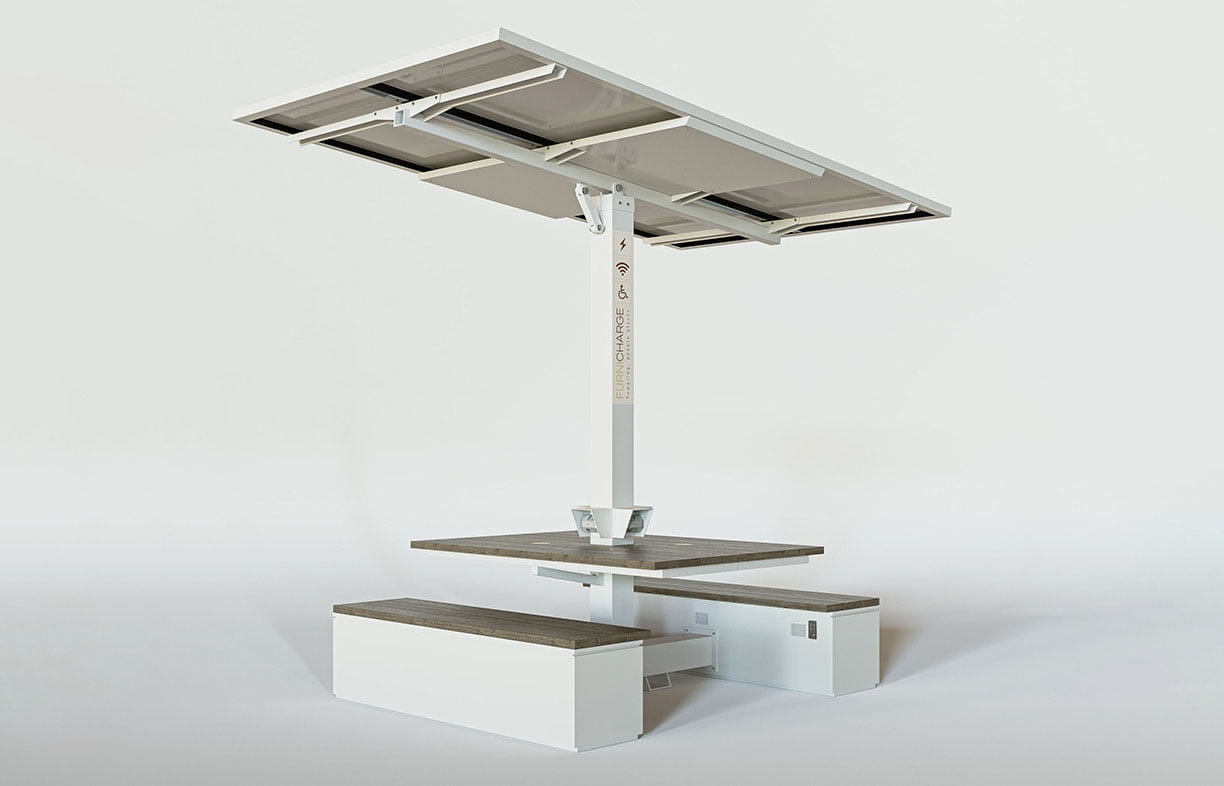 Products
Products
Product profile: Portable solar recharge hubs
Providing device recharging for events or outdoor areas with no access to electricity can be difficult, but the Furnicharge Freedom Hub makes it simple.
Read more

